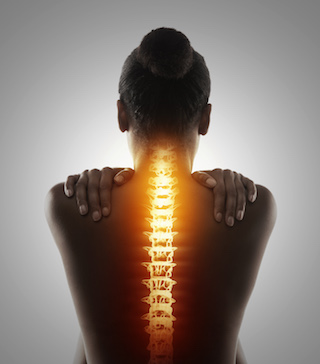Musculoskeletal Pain
New Patient Appointment or 214-645-8300
MedBlog
Results: 6 Locations
Outpatient Building
1801 Inwood RoadDallas, Texas 75390 214-645-8300 Directions to Outpatient Building Parking Info for Outpatient Building
2 Clinics at this location
UT Southwestern Frisco
12500 Dallas ParkwayFrisco, Texas 75033 469-604-9000 Directions to UT Southwestern Frisco Parking Info for UT Southwestern Frisco
3 Clinics at this location
UT Southwestern Medical Center at Richardson/Plano
3030 Waterview ParkwayRichardson, Texas 75080 972-669-7000 Directions to UT Southwestern Medical Center at Richardson/Plano
2 Clinics at this location
UT Southwestern Medical Center at Las Colinas
6121 N. Highway 161Irving, Texas 75038 469-647-4700 Directions to UT Southwestern Medical Center at Las Colinas
2 Clinics at this location
James W. Aston Ambulatory Care Center
5303 Harry Hines Blvd.Dallas, Texas 75390 214-645-8300 Directions to James W. Aston Ambulatory Care Center Parking Info for James W. Aston Ambulatory Care Center
2 Clinics at this location
University Hospital Physical Medicine and Rehabilitation
at Charles Cameron Sprague Clinical Science Building 5161 Harry Hines Blvd., 1st Floor, Suite 104Dallas, Texas 75390 214-645-2080 Directions to University Hospital Physical Medicine and Rehabilitation Parking Info for University Hospital Physical Medicine and Rehabilitation


















